Galleries
10 of Our Favorite Living Revolutionary Artists in Honor of Bastille Day
These artists are changing the conversation.
These artists are changing the conversation.
Christie Chu

In celebration of Bastille day, we’ve put together a group of artists we feel are revolutionary in their own way. Read on to see which 10 artists are changing the conversation.
1. Ai Weiwei
Chinese contemporary artist-activist Ai Weiwei is known for his outspoken criticisms of the Chinese government. His 2009 photograph, Grass Mud Horse Covering The Middle, depicts him completely naked jumping up with one hand extended up, the other holding onto a white object that covers his genital area—a middle finger to the government. The title of the work acts as a homophone in Chinese; it sounds very similar to “F*ck your mother, the Communist party central committee.” Most recently, the artist collaborated with famous dissident Jacob Applebaum for a project in which they stuffed 20 panda bear dolls with leaked N.S.A documents.
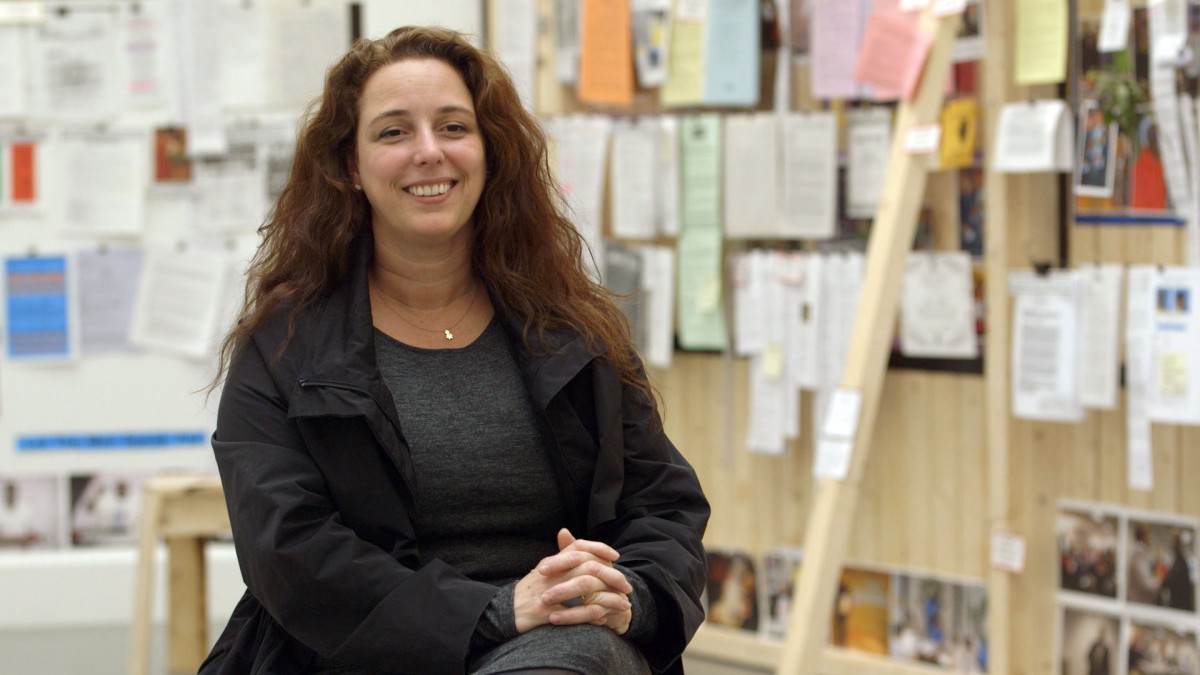
Tania Bruguera
Photo via: pbs.org.
2. Tania Bruguera
Cuban performance artist Tania Bruguera has been arrested several times in her home country. The last of which occurred before she was about to restage her seminal work, Tatlin’s Whisper #6 in Havana. Bruguera planned to invite participants come up to a microphone in Havana’s Revolution Square and speak freely for one minute each. Bruguera has gotten good news of late, however. She has gotten her passport back, which means she can leave the country, and it was also recently announced that she will be the first artist-in-residence for the New York City Mayor’s Office of Immigrant Affairs.
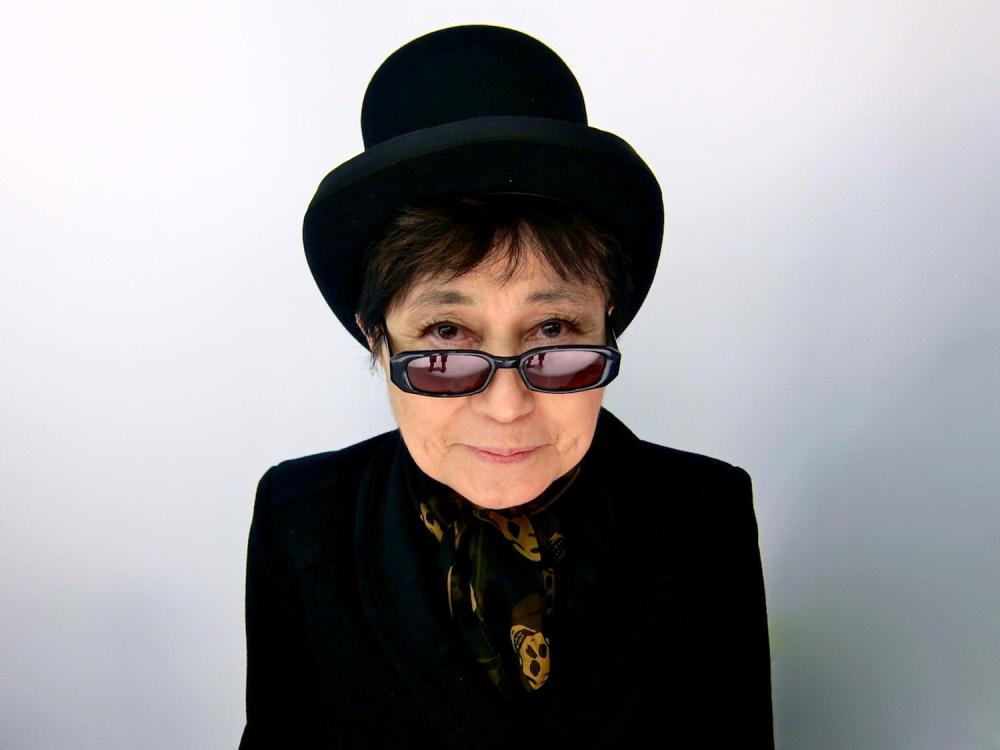
Yoko Ono.
3. Yoko Ono
The Japanese artist has had a revival this year with her MoMA retrospective, “One-Woman Show.” The 81-year-old artist, most heavily associated with the Fluxus movement, had quite the career and tumultuous life. artnet News’ Ben Davis mentioned his soft spot for Bed-In For Peace, in which Ono and husband John Lennon transformed their 1969 honeymoon into a performance piece. The two held court in their Amsterdam hotel for a demonstration of non-violence.
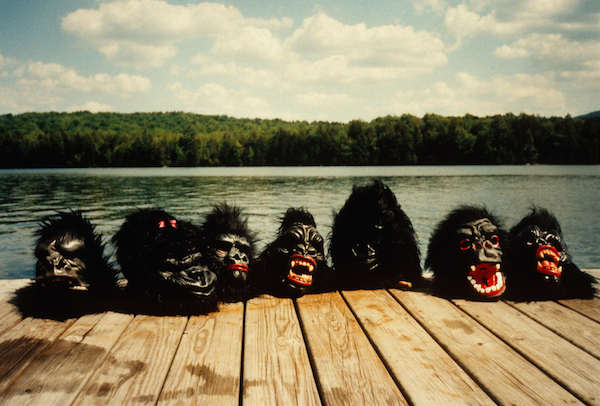
From the Guerrilla Girls BroadBand’s show “#ProvokeProtestPrevail,” recently at the Bruce High Quality Foundation University
4. Guerrilla Girls
The feminist-activist group Guerrilla Girls formed in 1985 in response to the Museum of Modern Art’s exhibition “An International Survey of Recent Painting and Sculpture.” In that show, of the 169 artists involved, only 13 were female. Founded by seven female artists, the group donned furry guerrilla masks to hide their identities while they went on a local campaign putting up posters around arty New York neighborhoods calling out sexism in the art world. Getting their point across through graphic images and data analysis, the group are still going strong 30 years later.
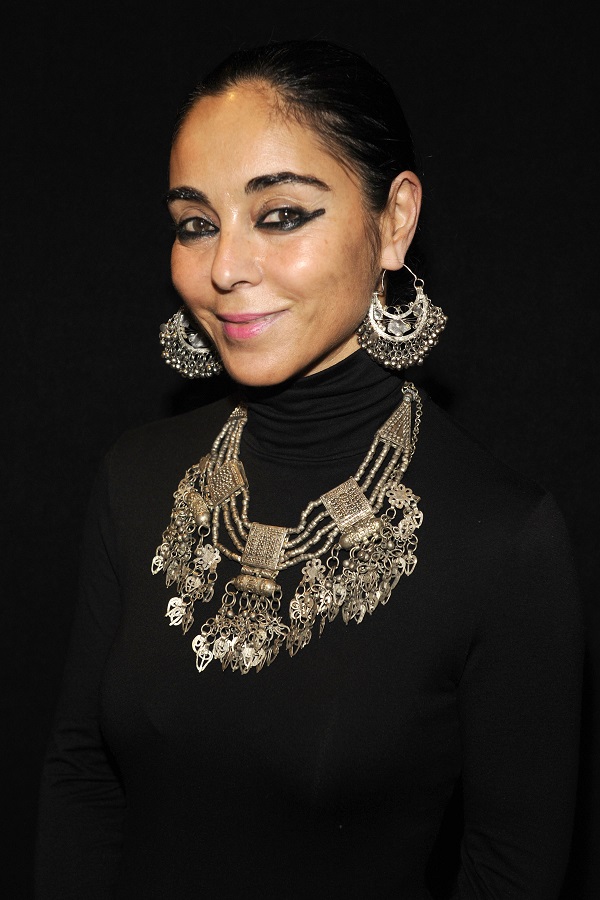
Powerful: Shirin NeshatNeshat is one of the most influential artists working today, and what’s better, her work addresses real social issues.Photo: Patrick McMullan
5. Shirin Neshat
Iranian artist Shirin Neshat left Iran before the 1979 revolution only to return in 1990 to a very different country. Her work in film, video, and photography explores the tension of gender and politics in the 21st century. Her earliest works, like the Women of Allah series—black-and-white portraits of women overlaid with Persian calligraphy—are some of her best known.
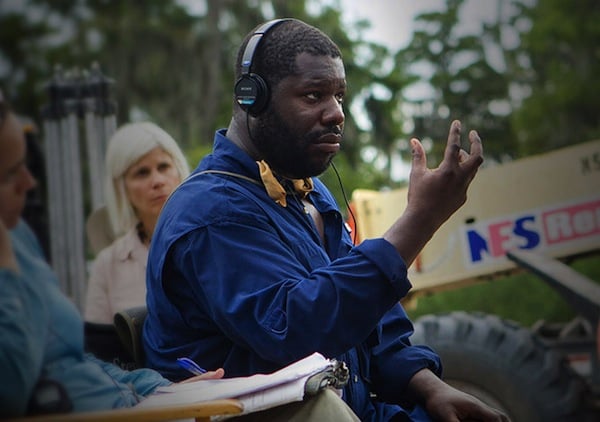
Steve McQueen on set for 12 Years a Slave
Photo: via Collider
6. Steve McQueen
English film director and video artist Steve McQueen may have made it in Hollywood—cue Oscar nod for 12 Years a Slave—but he is also very active in the art world. A 2007 artwork by the artist titled Queen and Country is comprised of 155 sheets of stamps; each sheet commemorates a soldier from the British Armed Forces who lost their life in the Iraq War between 2003 and 2008.
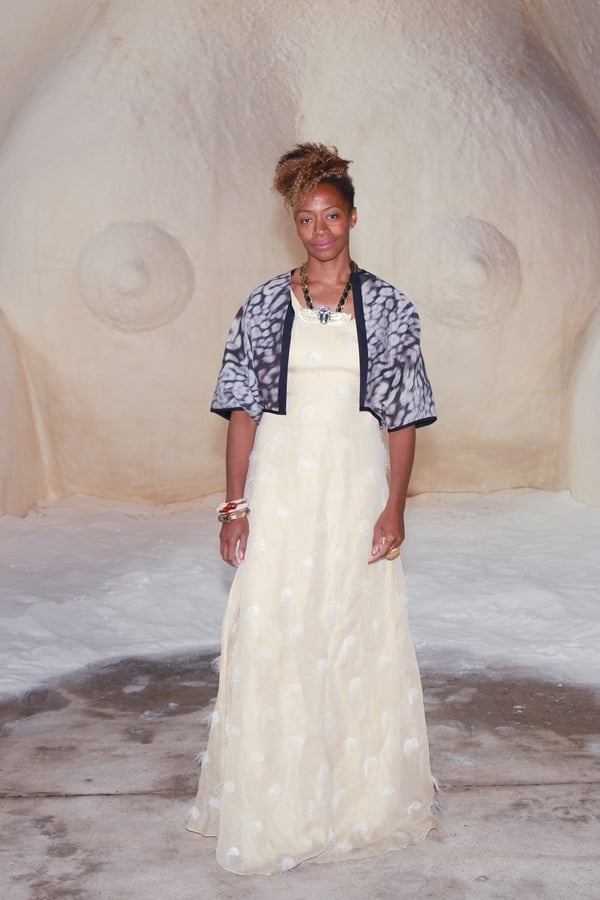
Kara Walker.Photo: Patrick McMullan
7. Kara Walker
In 2014, African-American artist Kara Walker brought slavery back into the conversation with her massive sugar sculpture in the abandoned Domino Sugar Factory in Brooklyn. The “Sugar Sphinx” caused lines around the block, spawned offensive Instagram photos, and even attracted the gallery-hopping duo Beyonce and Jay Z.
8. Hans Haacke
The German conceptual artist, who has long been an art world contrarian, has had a revival over the last year with his solo show at Paula Cooper and his inclusion in the Venice Biennale. The artist is known to be quite quirky: he refuses to have his face photographed, he has only been to one art fair in his life, and he draws up radical sales contracts that give him more leverage than is customary. His work targets art world hypocrisy, taking aim at targets such as politician Jesse Helms, advertising moguls Charles and Maurice Saatchi, and the Metropolitan Museum of Art for taking money from Mobil Oil and David H. Koch.
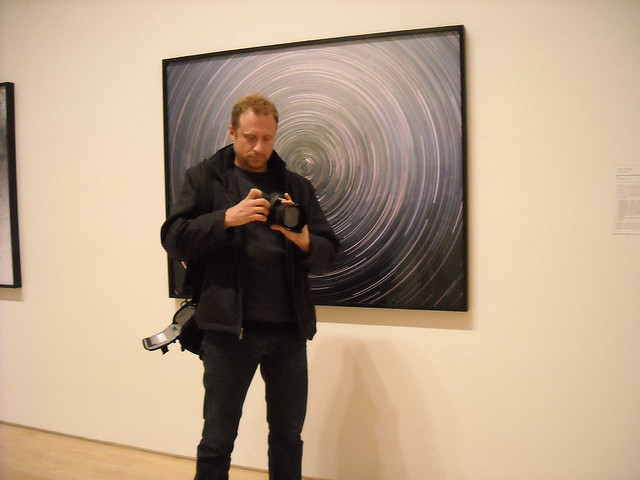
Trevor Paglen.
Photo: via Cal Alumni.
9. Trevor Paglen
American artist Trevor Paglen has for over a decade taken thousands of photographs of places connected to the “black world” of classified defense activity in America, which has grown exponentially since the Bush Administration launched its war on terror. The artist has also authored several books, including Torture Taxi, a book that describes the CIA’s extraordinary rendition program, I Could Tell You But Then You Would Have to be Destroyed by Me, which looks at the world of top secret programs, and Blank Spots on the Map: The Dark Geography of the Pentagon’s Secret World, where he looks at secrecy in the United States.

Jenny Holzer.
Photo: PBS.org.
10. Jenny Holzer
American conceptual artist Jenny Holzer is known for her text-based works displayed with slim LED lights. Her quiet works speak volumes as she uses choice phrases that target societal tensions involving feminism, sexuality, power, war, death, violence, and oppression. Examples of such phrases include “Sex Difference Are Here To Stay,” “Men Don’t Protect You Anymore,” and “Abuse of Power Comes As No Surprise.”